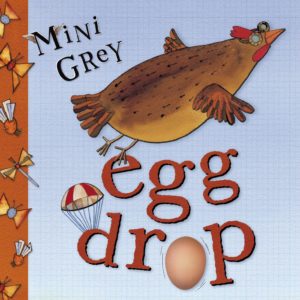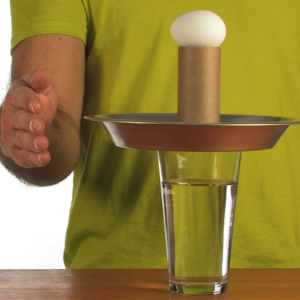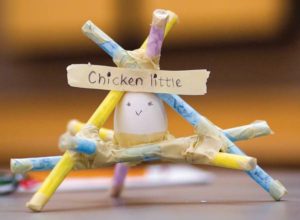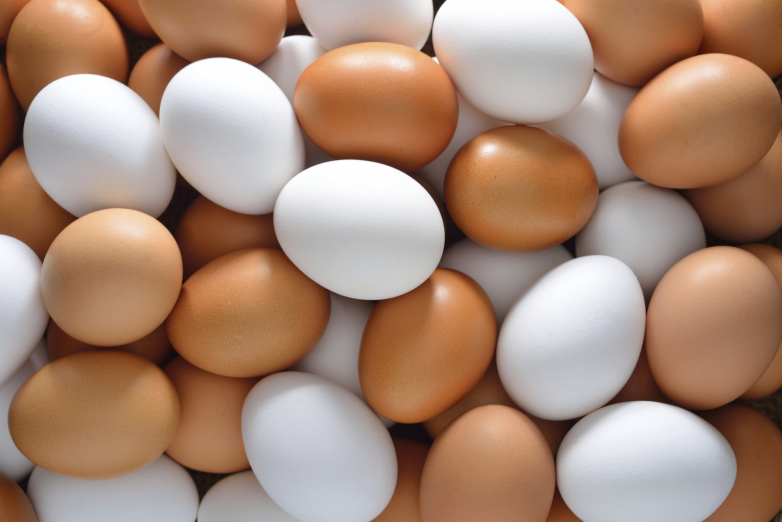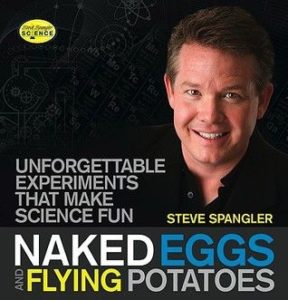 |
Steve Spangler’s Naked Eggs and Flying Potatoes (Greenleaf, 2010) is a collection of great science experiments, among them at least four with eggs. Cool for everybody; recommended for ages 9 and up. |
|
From the San Francisco Exploratorium’s Science of Cooking series, Eggs has illustrated information on egg science, recipes and activities, science experiments, and a (virtual) trip to an organic egg farm. |
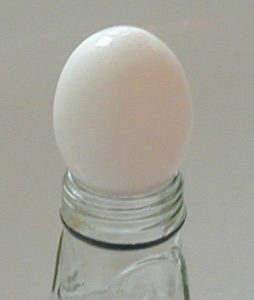 |
Science Sparks has a list of ten interesting egg experiments, with instructions and explanations. For example, make a bouncing egg and a floating egg, find out how strong an eggshell really is (very), and watch air pressure operate to suck an egg into a bottle. |
|
Chemistry and calcium! See Translucent Egg for an experiment involving calcium carbonate, acetic acid, and an egg. |
|
Incubation and Embryology from the University of Illinois Extension has an excellent collection of detailed resources on chickens, chick embryology, and eggs. Included are instructions for building a simple cardboard-box incubator and a coffee-can egg candler. |
|
Also from the University of Illinois Extension, activities for younger students include a series of downloadable worksheets in which kids can label and identify the parts of an egg and a chicken, determine which egg is fertile, size and grade eggs, measure incubation temperatures, and more. |
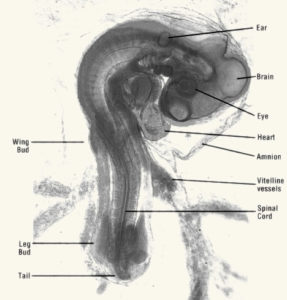 |
Chickscope has a detailed account of the 21-day chick developmental process. Included for each day are diagrams, photographs, explanations, and related math and science projects. |
|
Sources for incubators, eggs, and chick supplies include My Pet Chicken, Stromberg’s Chicks and Game Birds, and the Carolina Biological Supply Company. |
|
Which came first: the chicken or the egg? See what science says with this great animated explanation from Gizmodo. |
|
Chicken or Egg? Science Decides! is a great evolutionary explanation on YouTube. |
|
From the San Francisco Exploratorium, learn about osmosis with Naked Eggs! |
|
From AAAS, The Big Egg Mystery is: how can a bird sit on its eggs without breaking them? Included are discussion questions, a link to the PBS Kids video “An Egg is Quiet,” and printable student worksheets. |
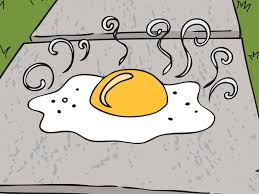 |
Is it really hot enough to fry an egg on the sidewalk? |
|
From the Chicago Museum of Science and Industry, see these illustrated instructions for making an exciting Egg Bungee. |
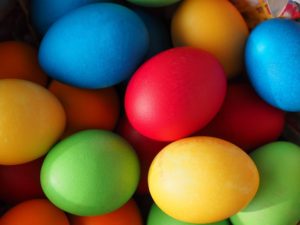 |
Eggs to Dye For has an explanation of the chemistry of egg dyeing, plus an egg color activity. |
|
The early Earth smelled like rotten eggs. Really! Read about it here. |





